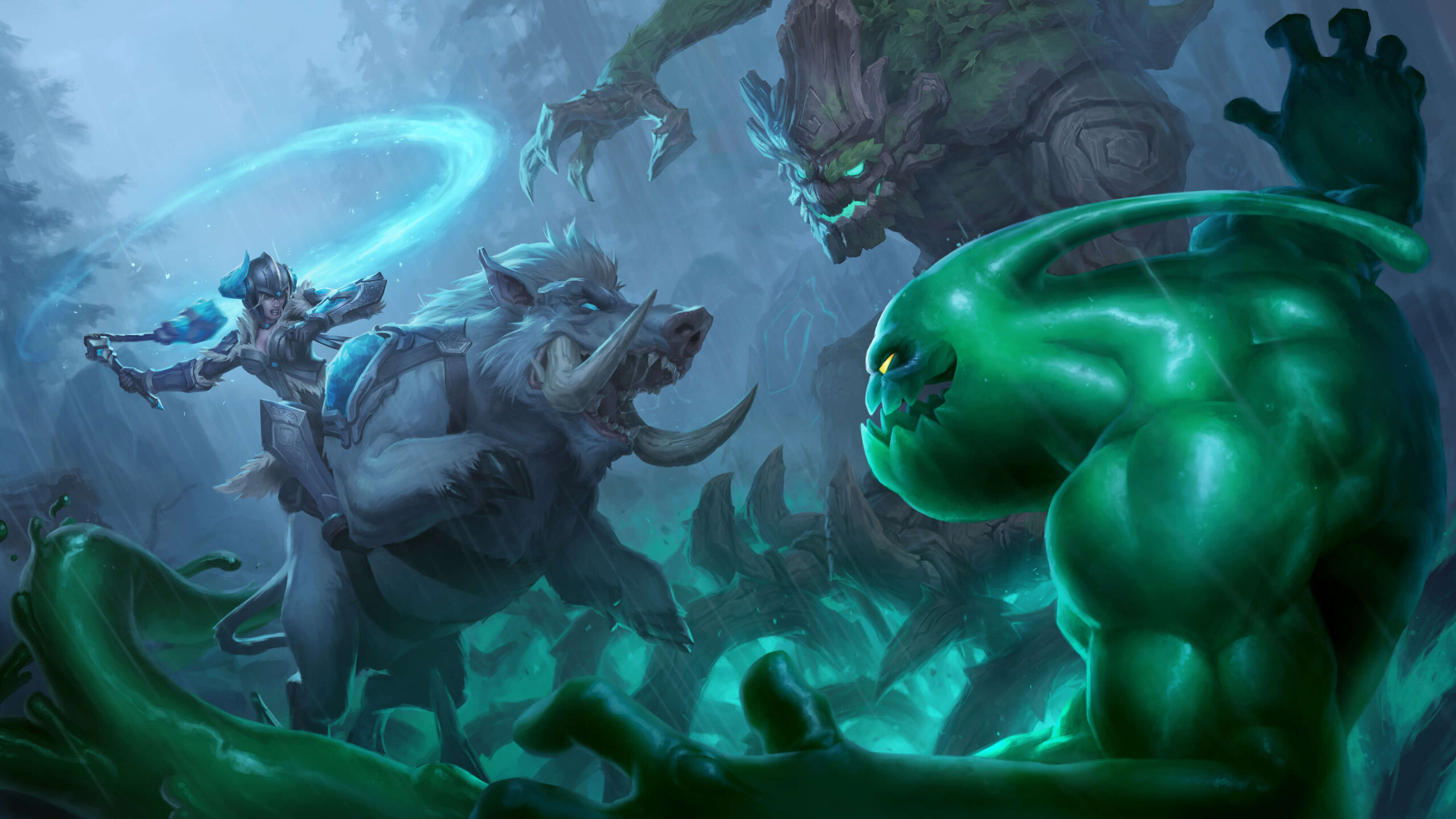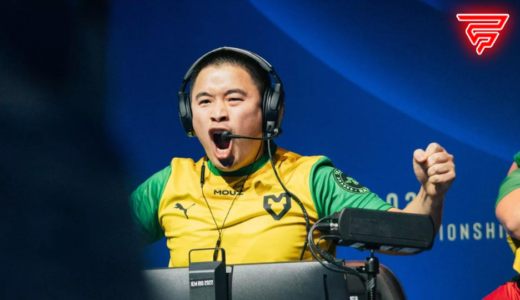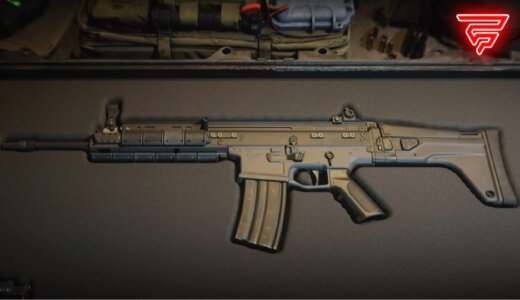Smite is a summoner spell in the popular online multiplayer game, League of Legends. This spell deals true damage to a target large or medium monster, enemy minion, or pet. It is required to purchase certain items such as Gustwalker Hatchling, Mosstomper Seedling, or Scorchclaw Pup. Smite is a crucial tool for junglers, who rely on this spell to clear jungle camps quickly and efficiently at the same time Smite is a stand alone game, in this article we will talk about both!
Smite has been a staple in League of Legends since its inception and has undergone several changes over the years. In its current state, Smite deals true damage equal to 390 + (level × 25) to monsters. This damage increases to 1000 + (level × 25) against epic monsters such as Baron Nashor and the Dragon. Smite also has a secondary effect that varies depending on the type of Smite used. For example, Chilling Smite slows the target, while Challenging Smite increases the user’s damage against the target. Understanding the different types of Smite and when to use them is crucial for any player looking to excel in the jungle role. For more infos about smiting in League of Legends check out the FAQ down below, now we will talk about the game called Smite.
How Smite Relates to League of Legends
Similarities
Smite and League of Legends are both MOBA games where players control a champion or god with unique abilities and compete in 5v5 matches. Both games have three lanes, minions that spawn periodically, and objectives that players must capture to gain an advantage. In addition, both games have a jungle area with neutral monsters that players can kill for gold and experience.
Both games also have a similar structure for their matches. Players start at level 1 and gain experience and gold by killing minions, neutral monsters, and enemy champions. As they level up, they unlock new abilities and can purchase items to enhance their champion’s stats.
Differences
One of the biggest differences between Smite and League of Legends is the point of view. Smite is played from a third-person perspective, while League of Legends is played from a top-down perspective. This difference in perspective affects gameplay in a variety of ways, including the ability to aim skill shots and the ability to see around corners.
Another major difference is the way champions and gods are classified. In League of Legends, champions are divided into five roles: top lane, jungle, mid lane, ADC (attack damage carry), and support. In Smite, gods are classified into five classes: assassin, warrior, mage, hunter, and guardian. While there is some overlap between the two classification systems, they are not identical.
The objectives in each game are also different. In League of Legends, players must destroy the enemy team’s nexus to win the game. In Smite, players must destroy the enemy team’s titan. Additionally, Smite has a unique mechanic where players can capture and defend three different objectives called “Phoenixes” that provide a significant advantage when destroyed.
Overall, while Smite and League of Legends share some similarities, they are distinct games with their own unique features and mechanics.
What is Smite the Game
Smite is a free-to-play online multiplayer game developed and published by Hi-Rez Studios. It is a third-person MOBA (Multiplayer Online Battle Arena) game that was released in 2014. In Smite, players take on the role of a god or goddess from various mythologies and battle it out in teams of five.
The game is played on a map with three lanes and a jungle area in between. Each lane has towers and a phoenix that must be destroyed in order to reach the enemy team’s Titan, the primary objective of the game. Players earn gold and experience by killing minions, monsters, and enemy players, which can be used to purchase items and level up their abilities.
One of the unique features of Smite is the use of the “Smite” summoner spell, which deals true damage to a target monster, minion, or pet. This spell is essential for players to clear jungle camps and secure objectives such as the Gold Fury and Fire Giant.
Smite has a diverse roster of over 100 playable gods and goddesses, each with their own unique abilities and playstyles. The game also features various game modes, including Conquest (the main game mode), Arena, Joust, and Assault.
Overall, Smite offers a unique and engaging take on the MOBA genre, with its third-person perspective, mythological theme, and innovative gameplay mechanics.
Gameplay Mechanics of Smite
Controls
In Smite, players control their characters using traditional WASD movement keys and mouse clicks to aim and attack. The left mouse button is used for basic attacks, while abilities are bound to the 1-4 number keys. Players can also use the spacebar to jump and the shift key to sprint. The controls are intuitive and easy to learn, making the game accessible to new players.
Game Modes
Smite offers a variety of game modes to choose from, including Conquest, Arena, Joust, Assault, and Siege. Conquest is the most popular mode and is a 5v5 battle where players compete to destroy the enemy team’s Titan. Arena is a 5v5 battle where players earn points by killing enemy players and minions. Joust is a 3v3 battle where the objective is to destroy the enemy team’s tower and Phoenix. Assault is a 5v5 mode where players are randomly assigned a god and must battle in a single lane. Siege is a 4v4 mode where players must capture and defend objectives to summon powerful siege weapons.
Gods and Abilities
Smite features over 100 playable gods, each with their unique abilities and playstyle. The gods are divided into five classes: Assassin, Hunter, Mage, Guardian, and Warrior. Assassins are high-damage characters that excel at taking out enemy gods. Hunters are ranged characters that deal physical damage and are best at taking down objectives. Mages are ranged characters that deal magical damage and excel at crowd control. Guardians are tanky characters that protect their teammates and initiate team fights. Warriors are versatile characters that can deal damage and tank damage.
Each god has four abilities that can be upgraded as the game progresses. The first three abilities are unique to each god and can be used to deal damage, heal allies, or provide crowd control. The fourth ability is the ultimate ability and is the most powerful ability a god has. It can be used to turn the tide of a battle and secure a victory. Players must choose their abilities carefully and coordinate with their team to maximize their effectiveness.
Strategies and Tactics
Team Composition
In Smite League of Legends, team composition is crucial to success. A well-rounded team with a mix of damage dealers, tanks, and support characters is key. It is also important to consider the synergy between the characters on the team. For example, a team with a lot of crowd control abilities can work well together to lock down enemies and secure kills.
Map Awareness
Map awareness is another important aspect of Smite League of Legends. Knowing where enemies are on the map can help players make informed decisions about when to engage in fights or when to retreat. It is also important to keep an eye on objectives, such as buffs and towers, and to coordinate with teammates to secure them.
Itemization
Choosing the right items for a character can make a big difference in their effectiveness on the battlefield. Players should consider the strengths and weaknesses of their character and choose items that complement their abilities. It is also important to keep in mind the items that the enemy team is building and to adjust accordingly.
Overall, success in Smite League of Legends requires a combination of strategic thinking, teamwork, and individual skill. By focusing on team composition, map awareness, and itemization, players can increase their chances of victory.
Community and Esports
Player Base
Both Smite and League of Legends have a massive player base, with millions of active players worldwide. However, some players argue that Smite’s community is more accepting and friendly compared to League of Legends. Article, Smite’s community is known for being more welcoming, making it easier for new players to get into the game.
Tournaments and Events
Smite has a well-established esports scene, with regular tournaments and events that attract thousands of viewers. Hi-Rez Studios, the developers of Smite, have invested heavily in building up the esports infrastructure for the game. The community of Smite players has grown to nearly 30 million, and the game’s esports scene has played a significant role in keeping players engaged.
League of Legends also has a thriving esports scene, with multiple international tournaments and leagues held throughout the year. The League of Legends World Championship is one of the biggest esports events in the world, with millions of viewers tuning in to watch the best teams from around the globe compete for the title. Riot Games, the developers of League of Legends, have invested heavily in the game’s esports scene, with large prize pools and extensive coverage of tournaments and events.
In conclusion, both Smite and League of Legends have passionate and dedicated communities, and their respective esports scenes are thriving. While Smite may have a more welcoming community, League of Legends’ massive player base and well-established esports scene make it a force to be reckoned with in the world of esports.
Frequently Asked Questions
What is the purpose of Smite in League of Legends?
Smite is a summoner spell in League of Legends that deals true damage to a single target large or medium monster, enemy minion, or pet. It is primarily used by the jungler to secure neutral objectives such as Baron Nashor, Dragon, and Rift Herald. Smite is also required to purchase certain jungle items such as Gustwalker Hatchling, Mosstomper Seedling, and Scorchclaw Pup.
How much damage does Smite do in League of Legends?
The damage dealt by Smite varies based on the level of the summoner and the level of the monster or minion being targeted. At level 1, Smite deals 390 true damage to monsters and 570 true damage to enemy minions and pets.
When should I use Smite in League of Legends?
Smite should be used to secure neutral objectives such as Baron Nashor, Dragon, and Rift Herald. It can also be used to clear jungle camps and to quickly kill enemy minions. It is important to time Smite correctly to ensure that it is available when needed to secure an objective.
Are there any changes to Smite in League of Legends?
Smite has undergone several changes throughout the history of League of Legends. In the current season, Smite has one charge on a 15-second cooldown and gains additional charges every 75 seconds. The Unleashed Smite and Primal Smite runes can also be used to enhance Smite’s effectiveness.
Can Smite be used while feared in League of Legends?
Yes, Smite can be used while the summoner is feared in League of Legends. However, the summoner will still be feared and unable to move during the cast time of Smite.
Is there a League of Legends Smite trainer or practice tool available?
Yes, League of Legends has a practice tool that can be used to practice using Smite. The practice tool allows summoners to practice using Smite on various jungle camps and neutral objectives without the pressure of a real game.







